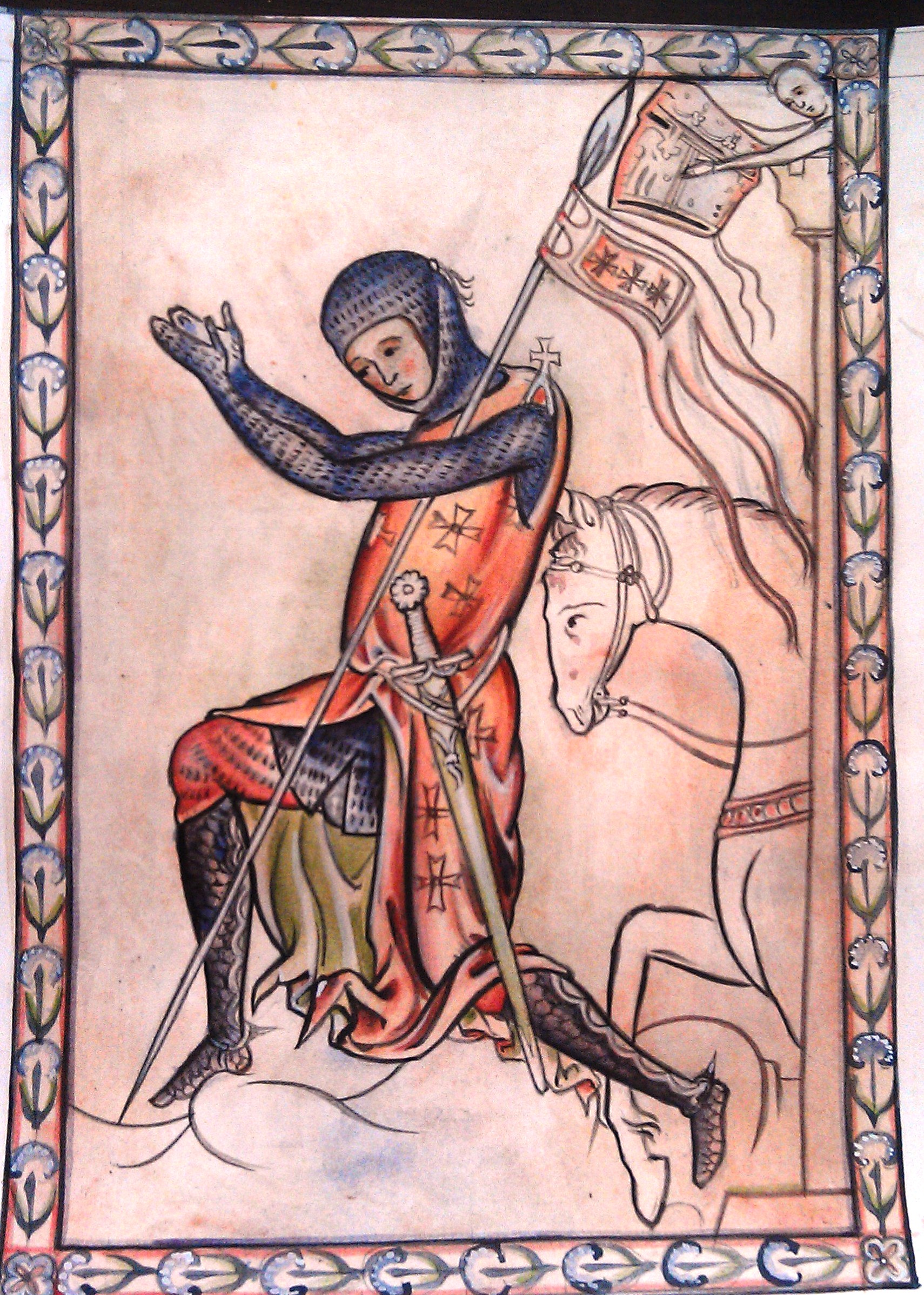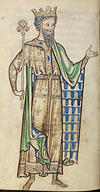 My friend Stratford Caldecott died very recently of cancer. I heard the news at a time that I was was reading his newly published book, Not as the World Gives: the Way of Creative Justice.
Contained within the book, which focusses for a large part on Catholic social teaching, especially in the light of Pope Benedict's Caritas in Veritate, he has a chapter on the evangelization of the culture. Within this, in turn, he makes a call for a new chivalry (p145):
My friend Stratford Caldecott died very recently of cancer. I heard the news at a time that I was was reading his newly published book, Not as the World Gives: the Way of Creative Justice.
Contained within the book, which focusses for a large part on Catholic social teaching, especially in the light of Pope Benedict's Caritas in Veritate, he has a chapter on the evangelization of the culture. Within this, in turn, he makes a call for a new chivalry (p145):
'The Crusaders, with whom we associate the first Christendom - and who in fact represent one of its greatest failures - made the mistake of confusing and interior and spiritual struggle with an earthly and political one. The most important struggle is within. [This] suggests a way in which the ideal (if not the historical example) of medieval chivalry remains valid even today.'
He then quotes Hans Urs von Balthasar from his who felt that the West was built on the spirit of chivalry: 'Francis was a knight of Christ, as was Ignatius in turn while Newman's refinement resists every temptation to take things easy. Knighthood changes its form, but it does not change its soul...The glorification of the body of knights is no backward looking romanticism, no ancien régime that turns its face aside from the march of time, but the only effective equipment with which the Christian can meet the present day.' This body of knights, he says, 'is the fellowship under obligation to the King of Kings,' in which each strives for an inner peace, a personal transformation and then take that peace out to the world through his interactions with others; for 'how is the world to be healed, how are the peoples to be reconciled, if not through such a new body of knights which is nothing other than carrying out the will of Jesus Christ, here and now, in this time?'
It is from this body of knights that the economic social change, political change and cultural change in its broadest understanding will occur. For each person so transformed can contribute to the change of the world. 'In other words, the Evangelization of the culture takes place first in the encounter of one person with another before it affects governments or organisations.'
I think that few who have ever met Strat would deny he was one of those knights, brandishing the sword of the spirit and through each personal encounter transmitting the love of Christ. RIP
Afterword: the past two weeks I have been teaching art classes in which students learn the style of the English gothic illuminators from the period of the 13th century, especially Matthew Parris. Our classes had been discussing the relevance of painting a medieval knight today because our model for study was an image from the Westminster Psalter of a knight kneeling, see below. We discussed it and felt that the age of chivalry is not dead, or at least it shouldn't be; and assigned our knight the symbolism of the chivalrous Christian who is strong in virtue and who carries the light of Christ out into the world. For want of anything better, we called him the knight of the New Evangelization.
It was just yesterday that I discovered that in fact he is portrayed kneeling before an unknown king.
 It was pure coincidence that this is the image that we were studying when I heard of Strat's death and then happened to read the above passage in his book.
It was pure coincidence that this is the image that we were studying when I heard of Strat's death and then happened to read the above passage in his book.
The picture that I painted of this knight, top left and below, is my Christian Knight. When I painted it I thought of him as accepting his call from God to take up his personal vocation in life. But now I see him paying homage, as Strat described in his book, to the King of Kings, seeking personal transformation in Christ and accepting his role as a walking icon of Christ in the world.


